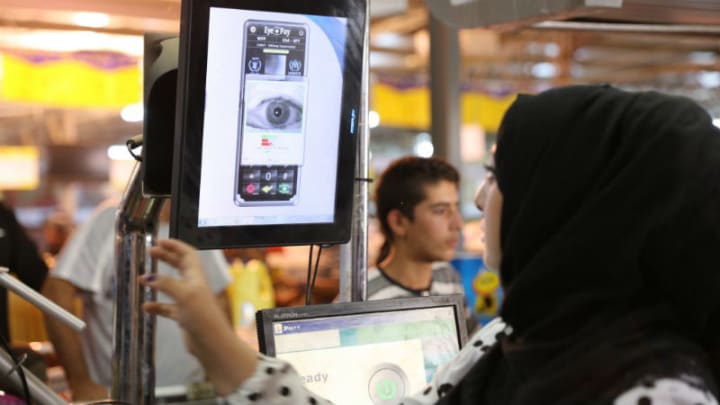
Among the many interruptions created by blockchain technology, the deepest can be the way in which aid is delivered to people whose lives are disrupted by wars, famines and natural disasters.
The influx of aid following a disaster shows the power of human generosity. Unfortunately, corrupt officials and brokers often consider this opportunity an opportunity to get rich at the expense of displaced persons. The Center for Global Development estimated last year that about 5% of global aid, or $ 8 billion, is lost every year in theft and corruption. Measured against the relatively modest needs of victims of disasters, it is a staggering sum.
Blockchain-based distribution systems will not eliminate corruption, but their ability to confirm identity and execute secure digital transactions can ensure that a larger proportion of aid reaches the intended audience.
Blockchain technology promises to change the way we store information, confirm transactions, exchange money, and protect our identities. The transparency and security of the blockchain, or distributed ledger technology, can increase trust and reduce costs for a variety of programs and projects. This is particularly true in countries with a weak or underdeveloped legacy of telecommunications and financial infrastructure.
I saw firsthand how this idealistic promise could come true in July, when I visited the Nepal Innovation Lab of World Vision International in Kathmandu.
World Vision created the laboratory after the 7.8 magnitude earthquake of 2015, which killed about 9,000 people in Nepal, injured over 22,000 and destroyed hundreds of thousands of homes.
Later, the laboratory explored the use of the blockchain to distribute money to those who needed it when the streets become impassable and the banking systems are not online.
The result is Sikka, a system that distributes digital credits to beneficiaries through an Ethereum-based blockchain. Credits can be exchanged for money or assets with merchants, financial cooperatives or service centers. Sikka digital credits are distributed through SMS text messages managed on a limited blockchain. Beneficiaries of grants award text credits to merchants to make purchases. Because blockchain transactions are transparent, support agencies can see when credits are spent and arrange payments for participating merchants.
Humanitarian agencies and NGOs are testing blockchain technology as money transfers become a pillar of philanthropy and global development. Blockchain systems eliminate the need to bring money into volatile areas and reduce losses caused by card theft. By eliminating brokers, blockchain systems substantially reduce administrative costs.
Get the most important development titles in your inbox every day.
Thank you for signing up!
To test their idea, the creators of Sikka have created an authorized blockchain – one that is open only to approved participants – to pay 73 workers hired to repair an irrigation channel damaged by the earthquake. Digital credits redeemable for free cash at a local financial cooperative were sent to their phones via text. And the project managers monitored the distribution in real time via the blockchain.
Sikka credits are not a cryptocurrency. Once the cooperative has verified the amount to be redeemed through the blockchain, the credits have ceased to exist. In this way, the number of outstanding credits always corresponded to the amount of money left in the aid agency account. The creators of Sikka estimate that the system has reduced the cost of managing payments by 78% by reducing staff time, transportation costs and commissions normally charged by intermediaries such as banks. Furthermore, the blockchain has virtually eliminated the risk of corruption losses.
There are other pilots who validate the value of blockchain. Building Blocks, for example, is a system run by the United Nations World Food Program that distributes claims to refugees living in a camp near the border between Jordan and Syria. Instead of mobile phones, buyers transfer their digital credits via a scan of the iris.
This is one of the two basic lessons to be taken from Sikka's experience in Nepal: we have moved on to the proof-of-concept phase. Blockchain can be successfully implemented to reduce the overhead costs and risks associated with money transfer programs, particularly in countries with poor physical and financial infrastructure. Humanitarian organizations and local administrations should work to adapt blockchain systems to meet their specific needs and then distribute them on a larger scale.
The second lesson is this: humanitarian agencies and NGOs should empower local young people with the skills needed to develop technology-driven solutions to the problems of their countries.
Their ingenuity – and their deep concern for improving their societies – can lead to better ways of doing good.